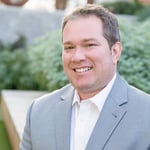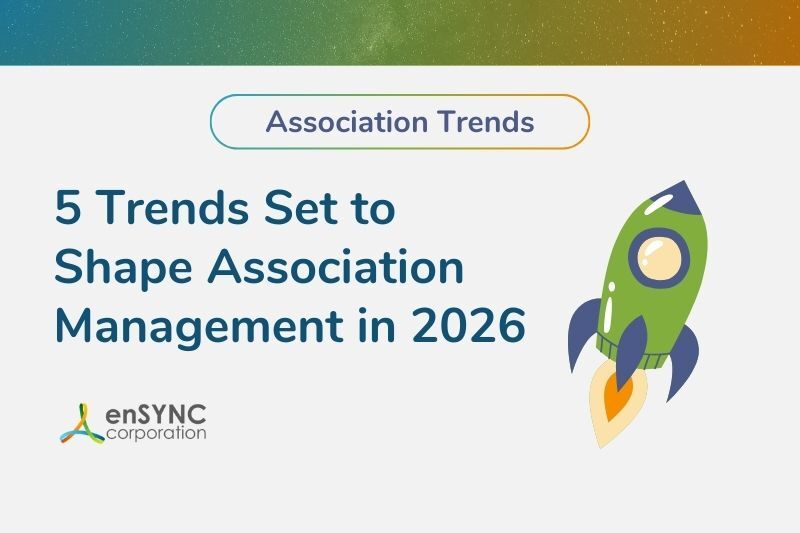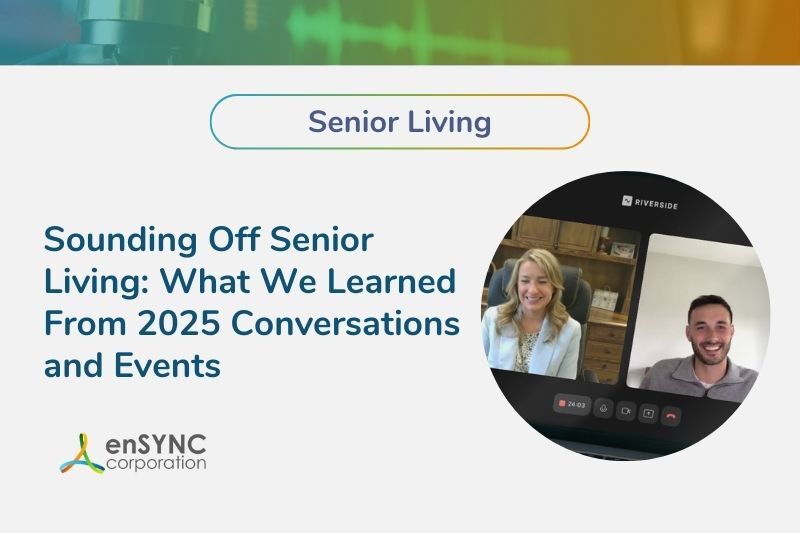Strategy & planning | Senior living | Financial management
Why Is Revenue Forecasting Important for Senior Living Organizations?
June 4, 2024
|
Revenue forecasting is the practice of predicting how much money your organization will make from future sales. It involves comparing those estimates to the actual sales numbers to see just how accurate that prediction was. Why is revenue forecasting important for your organization? It helps your team make smart decisions based on concrete data over time.
And these days, you don’t even need to do it all manually. Accounting software such as Sage Intacct for senior living can help facilitate the revenue forecasting process with automated reporting models.
Importance of the Revenue Forecasting Process for Senior Living Communities
In the senior living sector, revenue forecasting can help accurately predict financial challenges and opportunities to improve your community.
The revenue forecasting process is multifaceted and can help you understand key needs for your community, including:
- Bed occupancy rates.
- Demand for specialty care services.
- Seasonality in admissions.
- The impact of external factors like healthcare legislation.
Forecasts can also guide investment in new locations or services, help in the calculation of resource requirements, and assist in aligning maintenance and care team recruitment efforts with anticipated revenue growth.
Key Components of the Revenue Forecasting Process
Are you wondering how to get started, or how your current revenue forecasting model stacks
up to best practices? Any effective revenue forecasting methodology involves four critical steps:
- Historical Data Analysis: Start by examining previous years’ financial performance. What
were the driving factors behind good or bad years? Did significant events, like the launch
of a new program or regulations affecting healthcare funding, impact revenue? - Understanding Market Trends: Scrutinize market trends that can affect your
organization, including demographic shifts, changes in consumer preferences, or
developments in the competitive landscape. - Utilizing Advanced Statistical Models: From basic methods like linear regression to
more advanced techniques like time series analysis, statistical models are useful for
understanding key factors and past trends to help predict what will happen in the
future. - Scenario Planning: Create multiple scenarios based on different assumptions and
events, allowing your organization to plan for various outcomes.
Overcoming Common Challenges in Senior Living Revenue Forecasting
A few common obstacles often come up in the revenue forecasting process. By addressing these
challenges head-on, senior living leaders can refine their forecasting practices to be more
robust and responsive.
Market Volatility: The aging population, combined with fluctuations in the healthcare landscape, can result in difficult-to-predict revenue. Overcome this by:
- Diversifying revenue streams.
- Building flexible business models.
- Doing in-depth market research.
- Using advanced forecasting techniques.
- Monitoring regulatory changes closely.
- Building financial reserves.
Data Quality and Availability: Reliable data from surveys, healthcare statistics, and internal reporting is often not readily available, making accurate forecasting more difficult. Overcome this by:
- Improving data collection.
- Leveraging technology software.
- Forming partnerships with organizations to share data.
- Looking to external data sources.
- Cleaning data regularly.
- Investing in team training and skills development.
Complex Cost Structures: Senior living organizations’ cost structures are complex, affected by healthcare regulations, the nature of services provided, and the needs of residents. Overcome this by:
- Regularly analyzing costs.
- Adopting flexible budgeting practices.
- Training management in cost control.
- Using financial management software.
- Collaborating with healthcare regulators.
- Continually evaluating and optimizing services.
- Incorporating strategic planning.
Best Practices in Revenue Forecasting for Senior Living Providers
Forecasting is not a one-time event. Regular reviews, ideally quarterly, will ensure you can adapt to changing market conditions and new data. Technology can also make a difference. Forecasting software that comes with built-in analytics and reporting capabilities can streamline the process and decrease the margin of error.
Utilize cross-functional collaboration. Each part of your organization has a piece of the revenue puzzle. Establish a process that includes input from various departments and locations to ensure you’re seeing the whole picture. Once you’ve heard from everyone, equip your team with the skills and knowledge they need to both understand and contribute to the forecasting process.
Lastly, incorporate risk assessment into your forecasting model. What are the potential risks to your revenue plan, and how can you mitigate them?
By recognizing the strategic importance of revenue forecasting and investing in a robust process, senior living leaders can not only help secure the financial future of their organizations but also ensure that teams can adapt and lead in the marketplace.
Ready to Optimize Your Revenue Forecasting? enSYNC and Sage Intacct Can Help.
Reach out to our team to learn more about how Sage Intacct can help your senior living organization improve revenue forecasting and help care teams and residents thrive.

Chadd Arthur is a seasoned professional with over 25 years of experience in the non-profit sector, specializing in process improvement and the strategic alignment of organizational goals with technology solutions. Leveraging his extensive expertise, Chadd conducts regular strategic assessments for organizations, guiding them towards enhanced efficiency and effectiveness. With a profound passion for aiding clients in recognizing the value of process improvement, Chadd leads our team in secure technology solutions that directly contribute to their mission success. His commitment to excellence is evident in his contributions to the industry, including participating in panels and serving as a thought leader to a network of non-profit professionals. Chadd earned his MBA from Indiana University Bloomington and resides outside the greater Chicago area. Chadd not only brings a wealth of knowledge and experience but also a dedication to making a meaningful impact in the non-profit space.
Recent Posts

5 Trends Set to Shape Association Management in 2026
As 2026 begins, associations are standing at the edge of some major shifts. Member expectations are changing, technology keeps opening new...

The Best of the Blog 2025 — A Year in Review
From forward-looking trend analyses to powerful case studies and thought-provoking conversations, the enSYNC blog featured a host of great content in...
Enjoying our blog?
At enSYNC, we want to empower associations and nonprofits to make well-educated decisions. If you want our industry knowledge (and other free guides) sent directly to your inbox, fill out the form below.

